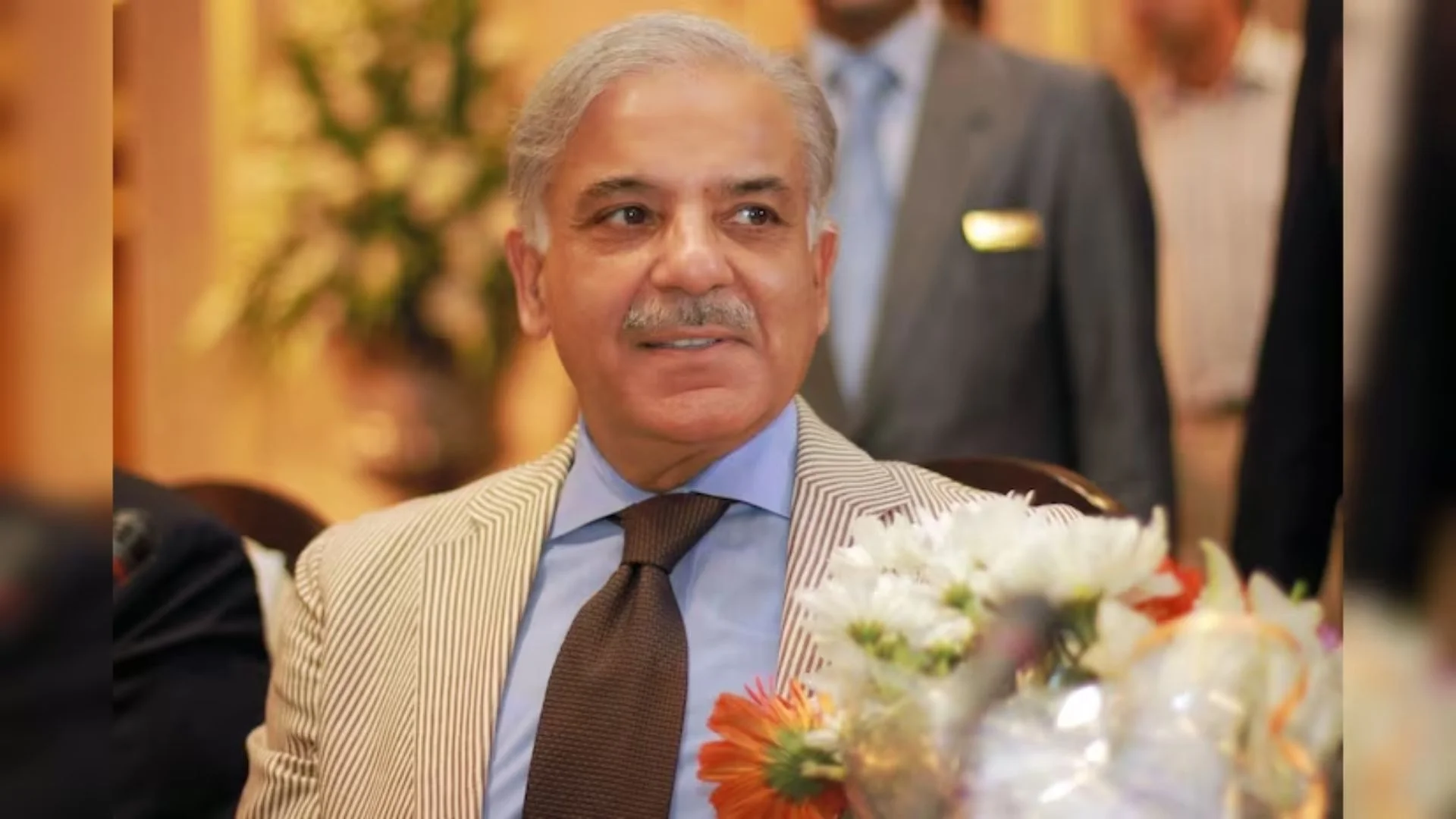Global gold exchange-traded funds (ETFs) have recorded positive demand for the first time in 2024, with year-to-date inflows totaling 18 tonnes, as reported by the World Gold Council. Asia has been a major driver of this trend, leading to a substantial 33% rise in assets under management (AUM) and an impressive inflow of USD 4.7 billion this year.
Asia Driving Growth with Record October Inflows
Asian gold ETFs attracted USD 2.1 billion in October, marking the 20th consecutive month of inflows for the region. China has seen record-breaking investments in gold ETFs, fueled by rising local gold prices and stock market volatility. A wave of government stimulus measures in late September added momentum, resulting in October reaching the highest monthly inflows on record.
India has also experienced steady growth in gold ETF investments. Fluctuating stock markets and favorable adjustments to the long-term capital gains tax on gold have increased its appeal as a stable investment. Additionally, improved trading volumes in over-the-counter (OTC) markets and active ETF trading have boosted global demand for gold.
Global Demand for Safe-Haven Asset Rises Amid Market Uncertainty
With continued global equity market volatility, gold’s safe-haven appeal has led to robust inflows, elevating gold ETFs to their highest asset levels of the year. Geopolitical and economic uncertainties have reinforced gold’s standing as a reliable investment. North American gold ETFs reported inflows of USD 2.7 billion for the fourth consecutive month in October, despite rising bond yields and a stronger U.S. dollar, which typically curb gold interest. Concerns over uncertain interest rate trajectories and escalating geopolitical tensions have driven investors to gold.
Investors’ “fear of missing out” (FOMO) amid surging gold prices and rising geopolitical tensions has spurred demand for gold. Heightened safe-haven buying has been fueled by escalating conflicts in the Middle East and speculation about North Korea’s involvement with Russia in the Ukraine war. Meanwhile, the ongoing U.S. presidential election has added a layer of uncertainty, increasing gold’s appeal.
In contrast, European gold ETFs reported outflows of USD 563 million in October. This was a departure from previous months, as outflows spread across major markets rather than concentrating in the UK. Rising yields in European government bonds have raised the opportunity cost of holding gold, despite the European Central Bank’s recent 25-basis-point rate cut. The strengthening U.S. dollar and weakening local currencies in Europe have prompted investors to reduce FX-hedged gold holdings.
Outside of Asia, other regions reported positive inflows for the fifth consecutive month. Australian and South African funds added a combined USD 68 million in October. The weakening Aussie dollar enhanced gold returns for Australian investors, increasing interest in currency-hedged investments.







